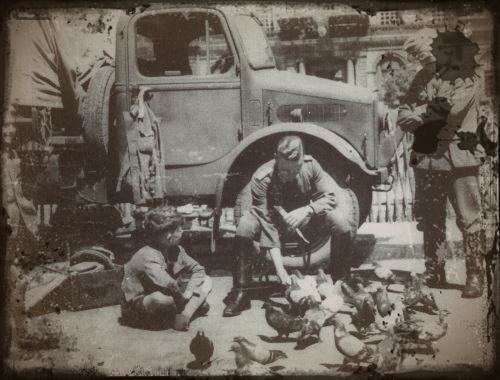 | ||
The zone libre ([zon libʁ], free zone) was a partition of the French metropolitan territory during World War II, established at the Second Armistice at Compiègne on 22 June 1940. It lay to the south of the demarcation line and was administered by the French government of Marshal Philippe Pétain based in Vichy, in a relatively unrestricted fashion. To the north lay the zone occupée ("occupied zone") in which the powers of Vichy France were severely limited.
Contents
- Casey vs zone libre purger ma peine hd
- Origins of the zone libre
- Extent of the zone libre
- Theories about the separation of the zones
- The free zone and Italy
- The end of the free zone
- Other names
- References
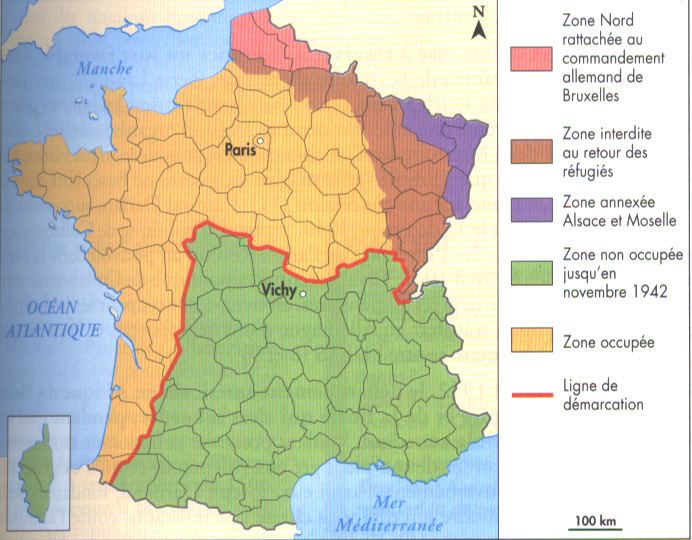
In November 1942, the zone libre was invaded by the German and Italian armies in Case Anton, as a response to Operation Torch, the Allied landings in North Africa. Thenceforth, the zone libre and zone occupée were renamed the zone sud (southern zone) and zone nord (northern zone) respectively. From then on both were under German military administration.
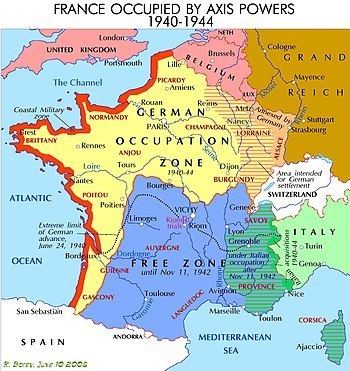
Casey vs zone libre purger ma peine hd
Origins of the zone libre
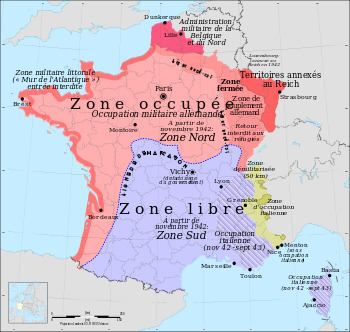
On 22 June 1940, after the Battle of France, Marshal Wilhelm Keitel, representing the Nazi Germany, and General Charles Huntziger representing Pétain's government, signed an armistice at the Rethondes clearing in the forest of Compiègne, which stipulated in its second article:
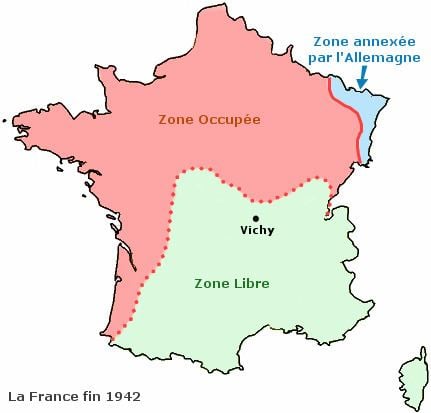
With a view to safeguarding the interests of the German Reich, the French territory situated to the north and west of the line drawn on the map here attached will be occupied by German troops. [...]
The line separating French territory into two zones was defined on a map attached to the treaty.
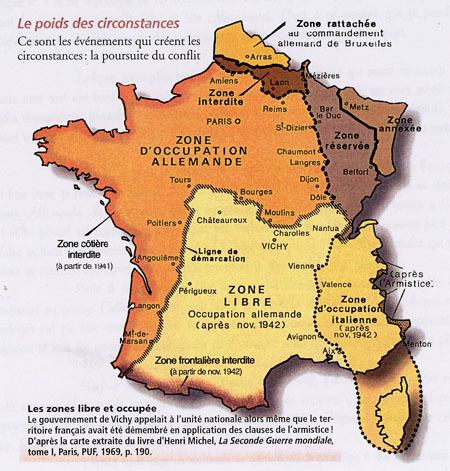
[...] begins, in the East, at the Franco-Swiss border near Geneva, and goes by the localities of Dole, Paray-le-Monial and Bourges up to about twenty kilometres to the East of Tours. Thence, it passes at a distance of twenty kilometres to the east of the Tours-Angoulême-Libourne railway line, then further by Mont-de-Marsan and Orthez, up to the Spanish border.
This separation line took effect on 25 June 1940. It was thereafter referred to as the ligne de démarcation.
French sovereignty persisted throughout the whole territory, including the zone occupée, Alsace and Moselle, but the terms of the armistice in its third article stipulated that Germany would exercise the rights of an occupying power in the zone occupée.
In the occupied parts of France, the German Reich will exercise all rights of an occupying power. The French government commits itself to facilitate by all means the regulations pertaining to the exercising of these rights, and to putting them in place with the cooperation of the French administration. The French government will immediately invite all authorities and administrative services in the occupied territories to conform to the regulation of the German military authorities and to work with the latter in a proper manner.
When the Allies invaded North Africa on 8 November 1942, the Germans and Italians immediately occupied the remaining free part of France. After being renamed zone sud, ("south zone"), it was thereafter ruled by the Wehrmacht as a part of occupied France.
The liberation of France began on 6 June 1944 with the Allied forces landing on D-Day and the Battle of Normandy. Most of France was liberated by September 1944.
Extent of the zone libre
The zone libre constituted a land area of 246,618 square kilometres, approximately 45% of France, and included approximately 33% of the total French labour force. The ligne de démarcation passed through 13 of the 90 departments:
Of the other 77 departments, 42 lay entirely within the zone libre and 35 lay entirely within the zone occupée.
Theories about the separation of the zones
For the historian Éric Alary, the partitioning of France into two main zones, libre and occupée, was partly inspired by the fantasy of pan-Germanist writers, particularly a work by a certain Adolf Sommerfeld, published in 1912 and translated into French under the title Le Partage de la France, which contained a map showing a France partitioned between Germany and Italy according to a line which partly matched that of 1940.
Henri Espieux suggests: "During the occupations, the Franks were separated from the Occitans by the famous demarcation line. We have long thought that the route of this line was suggested to Hitler by the romance language specialists in his entourage."
The free zone and Italy
On 24 June 1940, two days after the armistice with Germany, the Vichy government signed an armistice with the Italians at the villa Incisa in Olgiata near Rome, instituting a zone of Italian occupation. The Italian occupation zone concerned certain border areas conquered by Italian troops, including Menton. This zone was of limited importance, comprising 800 square kilometeres and 28,000 inhabitants. Four departments were partially covered by the Italian occupation: Alpes-Maritimes, Basses-Alpes (Alpes-de-Haute-Provence since 1970), Hautes-Alpes and Savoie.
In addition, a demilitarized zone was established containing all French territory within 50 km from the zone of Italian occupation. The department of Corsica (split into two departments since 1976) was neither occupied nor demilitarized by any provision of the armistice (although it was occupied by Italy after Case Anton).
The end of the free zone
On 8 November 1942 Allied forces invaded French North Africa (Operation Torch). German and Italian forces responded on 11 November 1942 by invading the zone libre in Case Anton (based on a previous plan called Operation Attila, which had not included any Italian forces). The zone libre became the zone sud (south zone) from November 1942 onwards; the invading powers shared out its territory between themselves, with a region covering practically the whole area east of the Rhône passing to the Italians. After the capitulation of Italy at Cassibile became public knowledge on 8 September 1943, the Italian armies retreated and the Germans united the southern zone under their own exclusive control. The German military administration in France ruled both zone sud and zone nord; the Vichy regime remained nominally in charge, as it had in the zone occupée.
Other names
Until November 1942, the Germans called the zone libre "Unbesetztes Gebiet" or unoccupied zone. The zone libre was also nicknamed the zone nono by the French, shortened from non occupée (unoccupied). The occupied zone accordingly became the zone jaja (yes-yes zone). The zone libre was also called the royaume du maréchal (Marshal Philippe Pétain's kingdom) by the French author Jacques Delperrié de Bayac.
